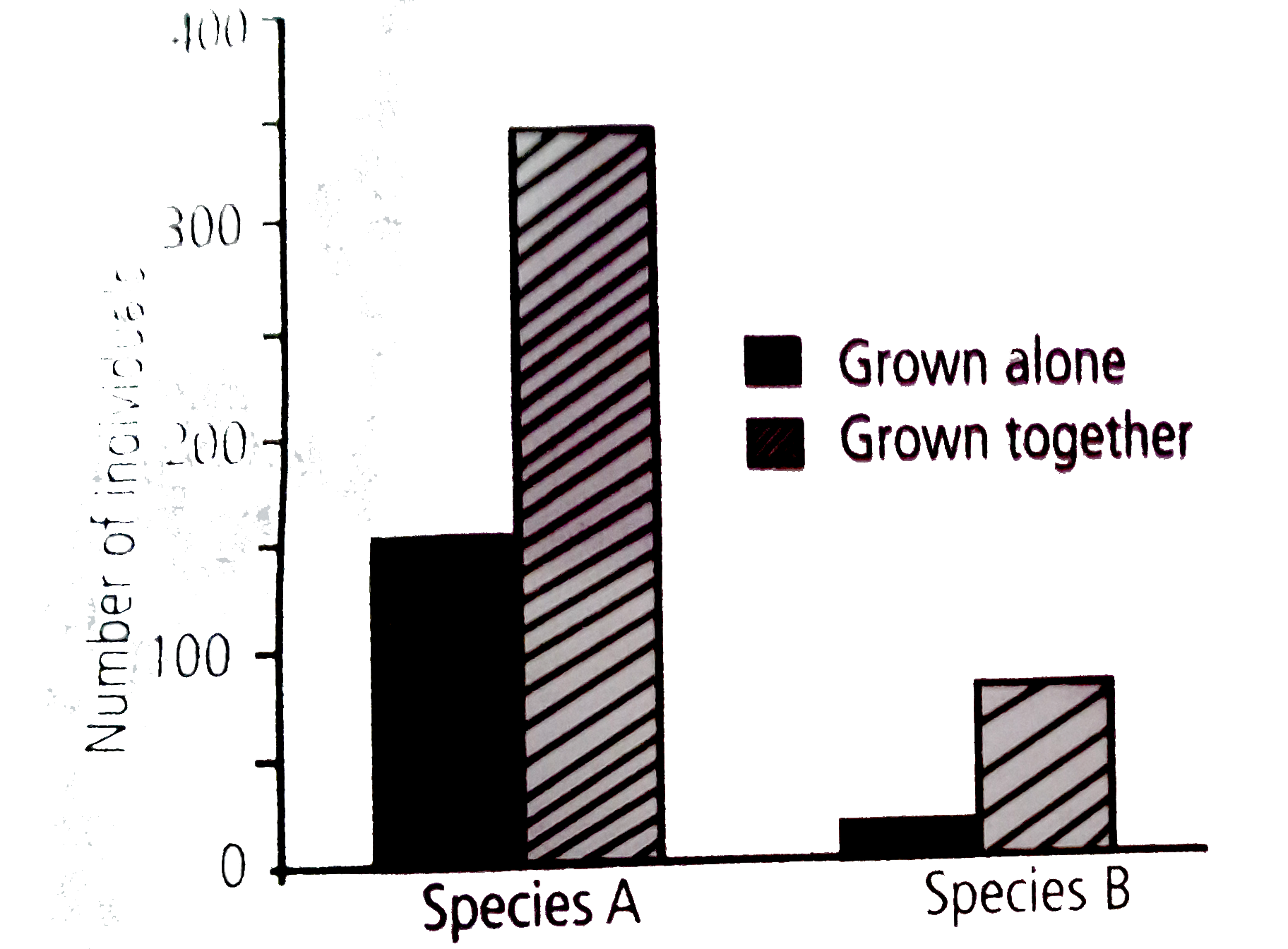When two species of different genealogy come to resemble each other as a result of adaptation, the phenomenon is termed
divergent evolution
micro-evolution
co-evolution
convergent evolution
The correct Answer is:D
To solve the question, we need to identify the correct term that describes the phenomenon where two species of different genealogy come to resemble each other due to adaptation. Let's break it down step by step:
1. Understanding the Question: The question asks for a term that describes two species from different genealogical backgrounds that develop similar traits due to adaptation.
2. Analyzing the Options:
- Divergent Evolution: This refers to closely related species that evolve different traits due to different environments. This does not fit our scenario since we are dealing with species of different genealogies.
- Microevolution: This involves small changes in allele frequencies within a population over time, not the resemblance between different species. Thus, this option is not relevant.
- Coevolution: This is the process where two or more species influence each other’s evolution, often in a mutualistic relationship. This does not apply to our question since it focuses on species of different genealogies.
- Convergent Evolution: This is the process where organisms that are not closely related independently evolve similar traits due to adapting to similar environments or ecological niches. This matches our scenario perfectly.
3. Conclusion: Based on the analysis, the correct term for the phenomenon where two species of different genealogy come to resemble each other as a result of adaptation is Convergent Evolution.
Final Answer:
The phenomenon is termed Convergent Evolution.
---
- Divergent Evolution: This refers to closely related species that evolve different traits due to different environments. This does not fit our scenario since we are dealing with species of different genealogies.
- Microevolution: This involves small changes in allele frequencies within a population over time, not the resemblance between different species. Thus, this option is not relevant.
- Coevolution: This is the process where two or more species influence each other’s evolution, often in a mutualistic relationship. This does not apply to our question since it focuses on species of different genealogies.
- Convergent Evolution: This is the process where organisms that are not closely related independently evolve similar traits due to adapting to similar environments or ecological niches. This matches our scenario perfectly.
The phenomenon is termed Convergent Evolution.
Similar Questions
Knowledge Check
Two insect species were used in a laboratory experiment. For one treatment, both species were grown by themselves (in separate chambers) on a suitable food source. For the second treatment, the two species were grown together (in the same chamber) on the same type and amount of food as in the first treatment. The given figure showns the results (the number of individuals of each species in the two treatments) at the end of the experiment. Based on these results the two species should be classified as
 AcompetitorsBmutualistsCpredators of pathogensDcommensalists
AcompetitorsBmutualistsCpredators of pathogensDcommensalists
Ascaris and Cockroach resemble each other in
View SolutionIf two species have different flowering time, this is known as
View SolutionA group of related genera which resemble each other in floral characteristics represent
View SolutionWhen the veins run parallel to each other within a lamina the venation is termed as
View SolutionSponges and coelenterates resemble each other in being diploblastic.
View SolutionCycas and Adiantum resemble each other in having
View SolutionDifferent species of dragonflies do not mate with each other because males of each species have appendages that can claps and hold only females of their own species. This is an example of
View Solution
